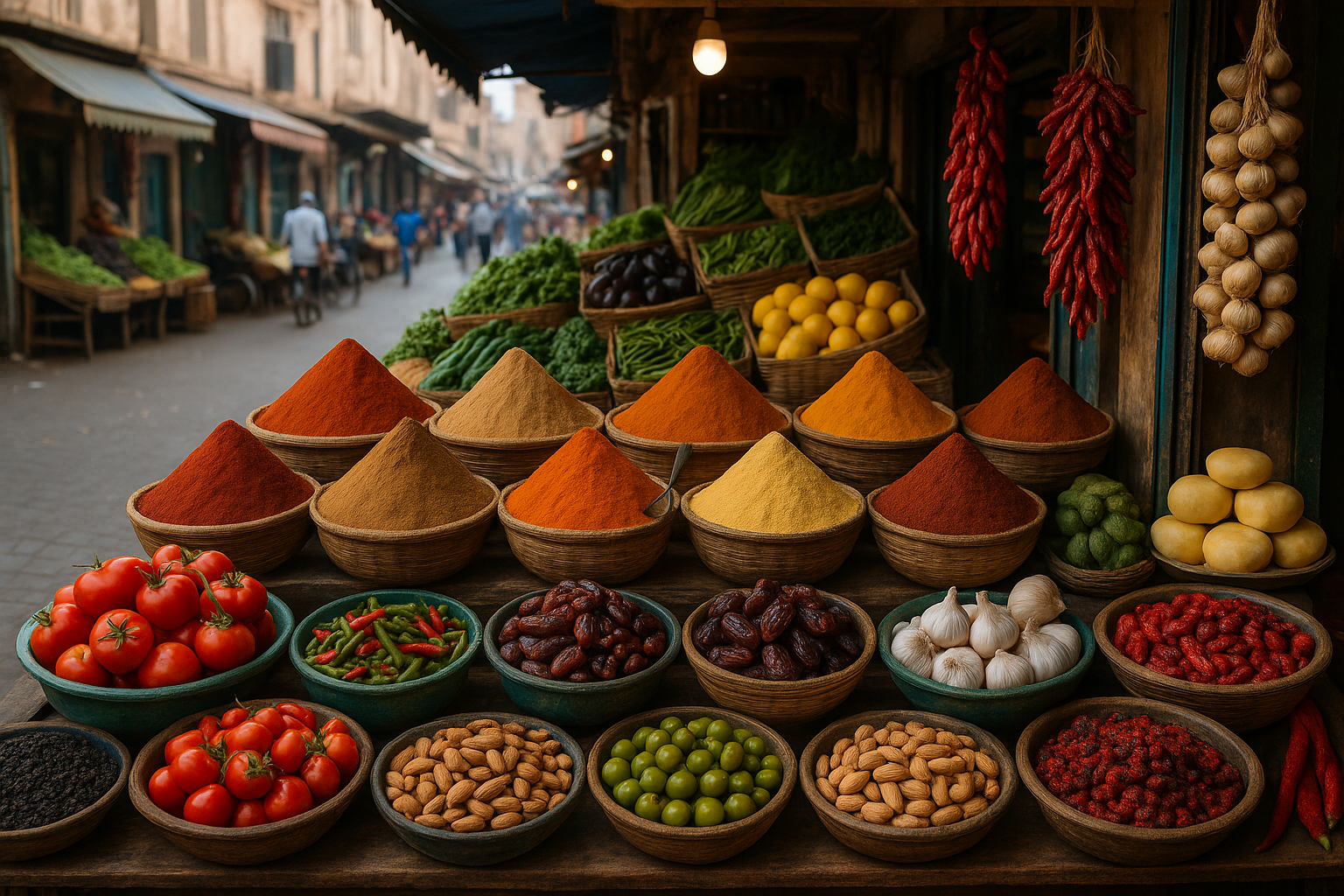Tap Hidden Culinary Marketing Genius For Tourism Success
If you're looking to transform your tourism business into a culinary hotspot, tapping into hidden culinary marketing genius can unlock a wealth of opportunities that entice travelers to browse options, visit websites, and explore the vibrant world of food tourism.
The Rise of Culinary Tourism
Culinary tourism is rapidly gaining traction as travelers increasingly seek authentic food experiences that offer a taste of local culture. This trend presents a golden opportunity for tourism businesses to capitalize on the growing demand for unique culinary adventures. According to the World Food Travel Association, 93% of travelers can now be considered food tourists1. This shift highlights the importance of integrating food-focused experiences into your tourism offerings.
Understanding Culinary Marketing Genius
Culinary marketing genius involves leveraging local food culture to create compelling narratives and experiences that attract tourists. It requires a deep understanding of your region's culinary assets—whether it's a unique dish, a renowned chef, or a historic food market—and crafting marketing strategies that highlight these elements. By doing so, you create memorable experiences that resonate with food enthusiasts and casual travelers alike.
Strategies for Success
To successfully tap into culinary marketing genius, consider implementing the following strategies:
- Collaborate with Local Chefs and Restaurants: Partnering with local culinary experts can enhance your offerings and lend authenticity to your marketing efforts. These collaborations can take the form of cooking classes, chef-led tours, or exclusive dining events that showcase regional specialties.
- Create Themed Food Tours: Curate tours that focus on specific culinary themes, such as wine tasting, street food, or farm-to-table experiences. These tours can be marketed as unique opportunities to explore the local food scene in depth.
- Leverage Social Media: Use platforms like Instagram and Facebook to share visually appealing content that highlights your culinary offerings. Engage with food influencers to reach a broader audience and encourage user-generated content that showcases your destination.
Real-World Examples
Several destinations have successfully harnessed culinary marketing to boost tourism. For instance, the city of San Sebastian in Spain has become a gastronomic hub, attracting food lovers from around the world. This success is largely attributed to its Michelin-starred restaurants and vibrant pintxos culture, which are heavily promoted through targeted marketing campaigns2.
Similarly, the Napa Valley in California has capitalized on its reputation as a premier wine region by offering wine tours and tastings that draw tourists year-round. These experiences are marketed as luxurious and exclusive, appealing to high-end travelers3.
Financial Considerations
While the potential returns on investing in culinary tourism are significant, it's important to consider the costs involved. Collaborations with renowned chefs or hosting large-scale food events can require substantial investment. However, these costs can often be offset by the increased tourist traffic and revenue generated from these initiatives. According to recent data, tourism destinations that focus on culinary experiences often see a 25% increase in visitor spending4.
By unlocking the hidden culinary marketing genius within your region, you can transform your tourism offerings into must-visit destinations for food enthusiasts. The strategies and examples provided here illustrate the potential for growth and success in this burgeoning sector. As you explore these opportunities, remember to visit websites and browse options that can further enhance your understanding and execution of culinary tourism strategies.








